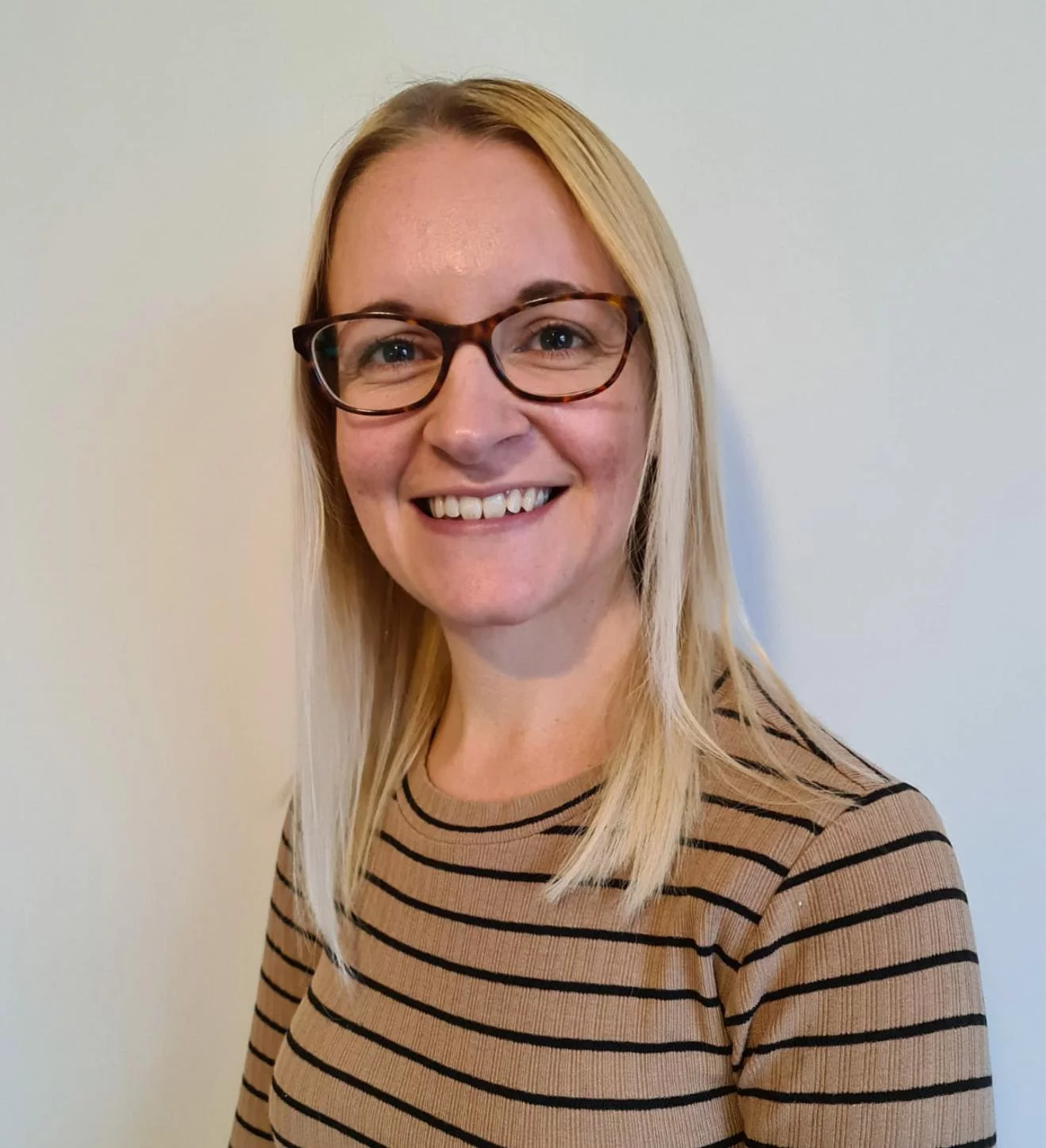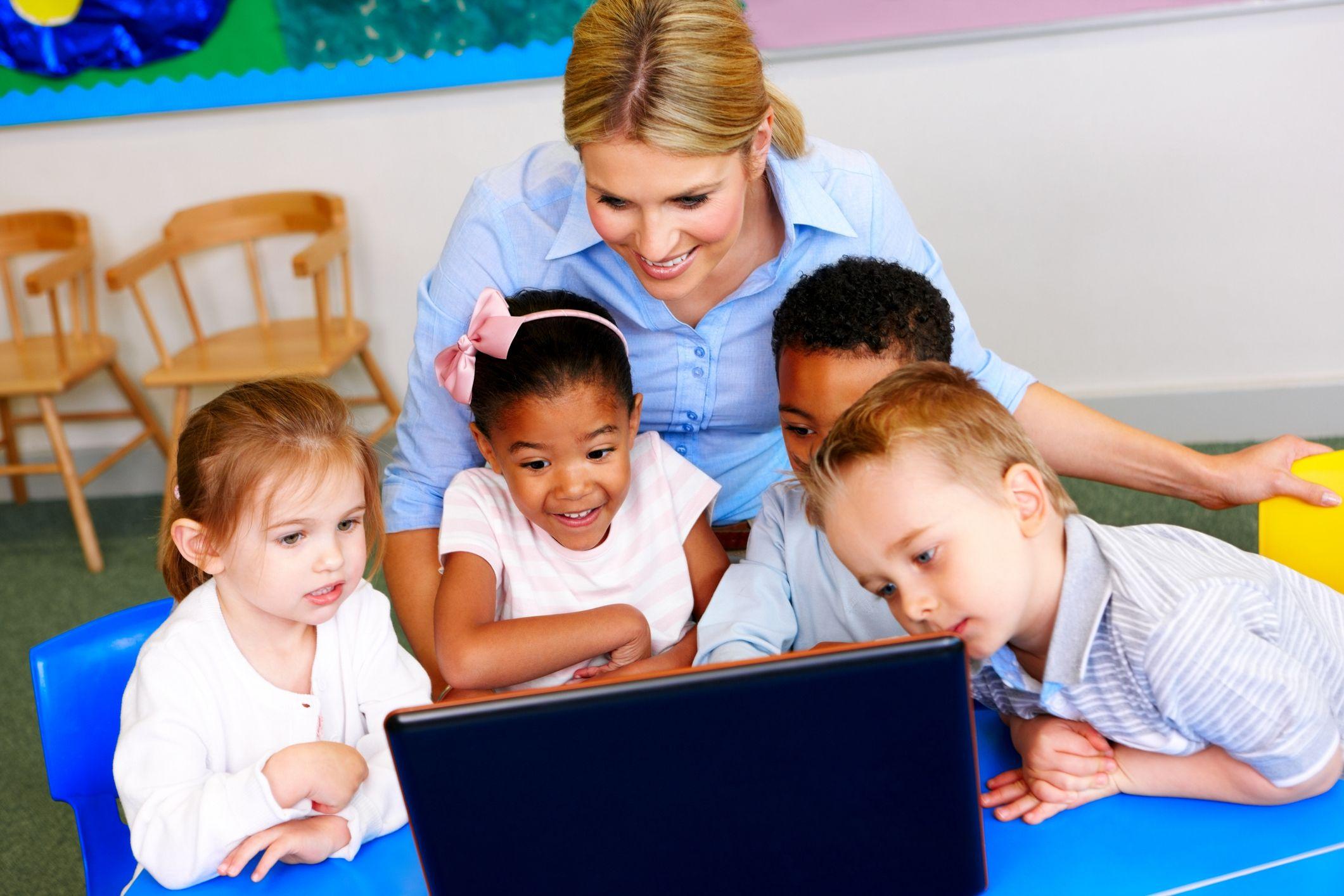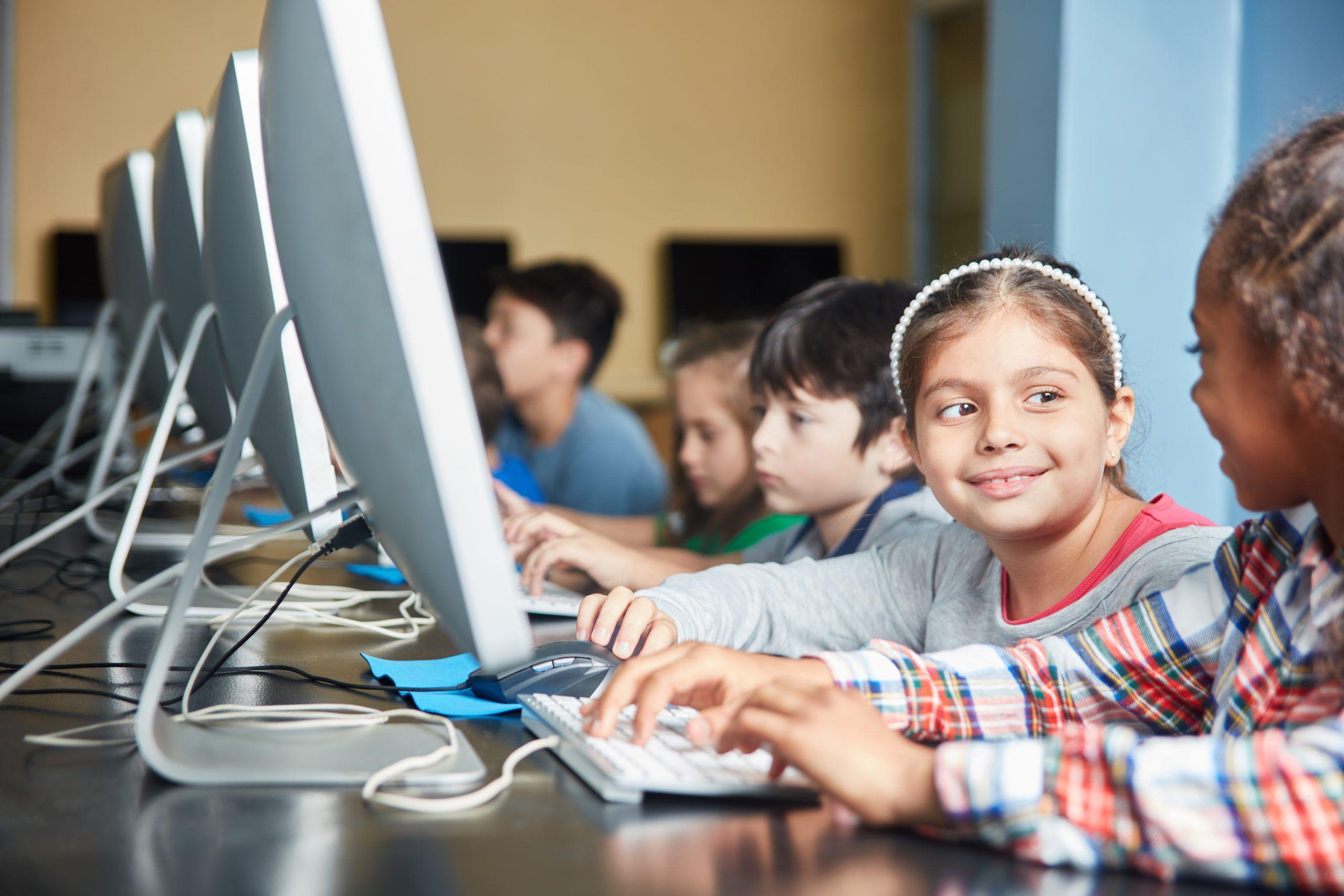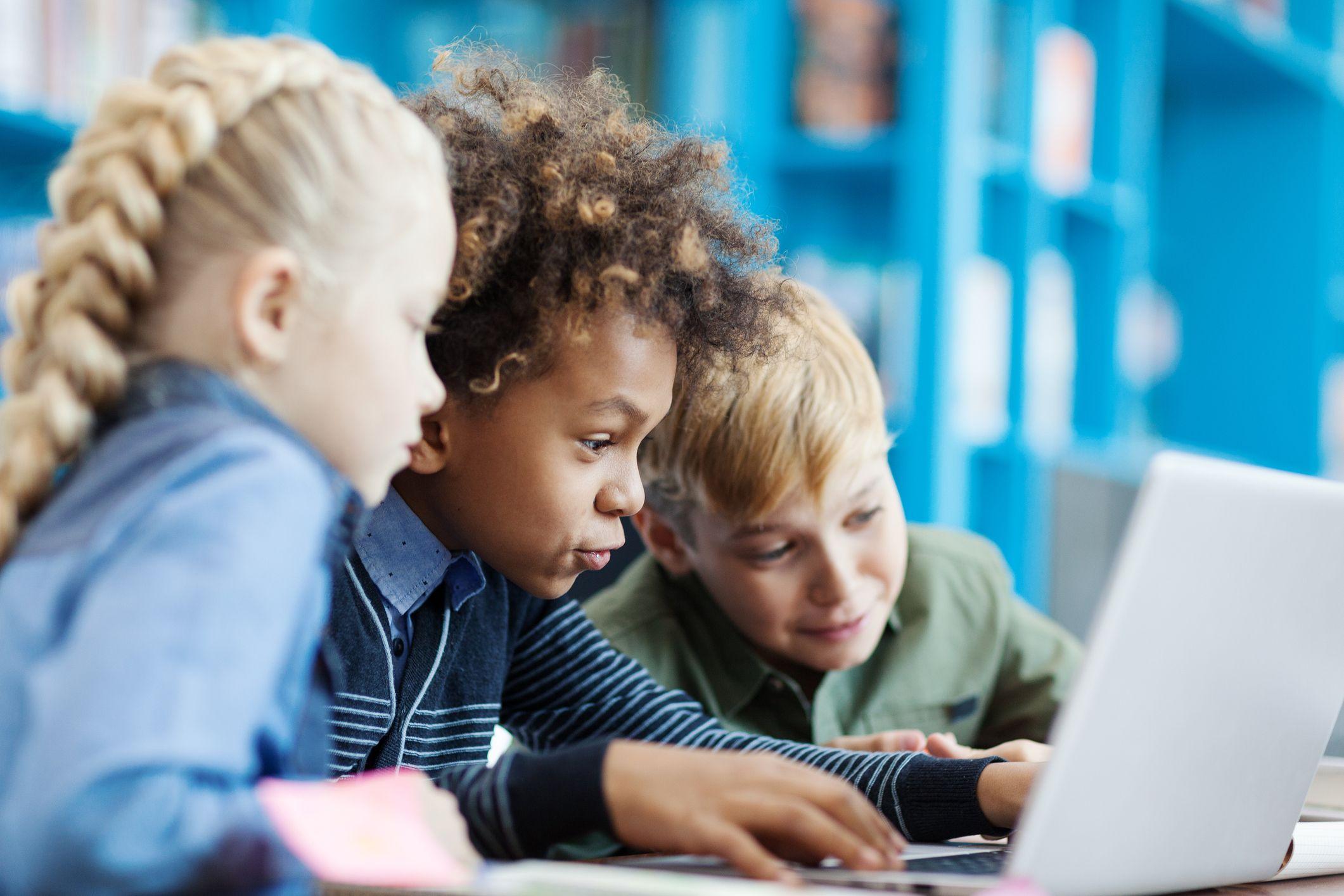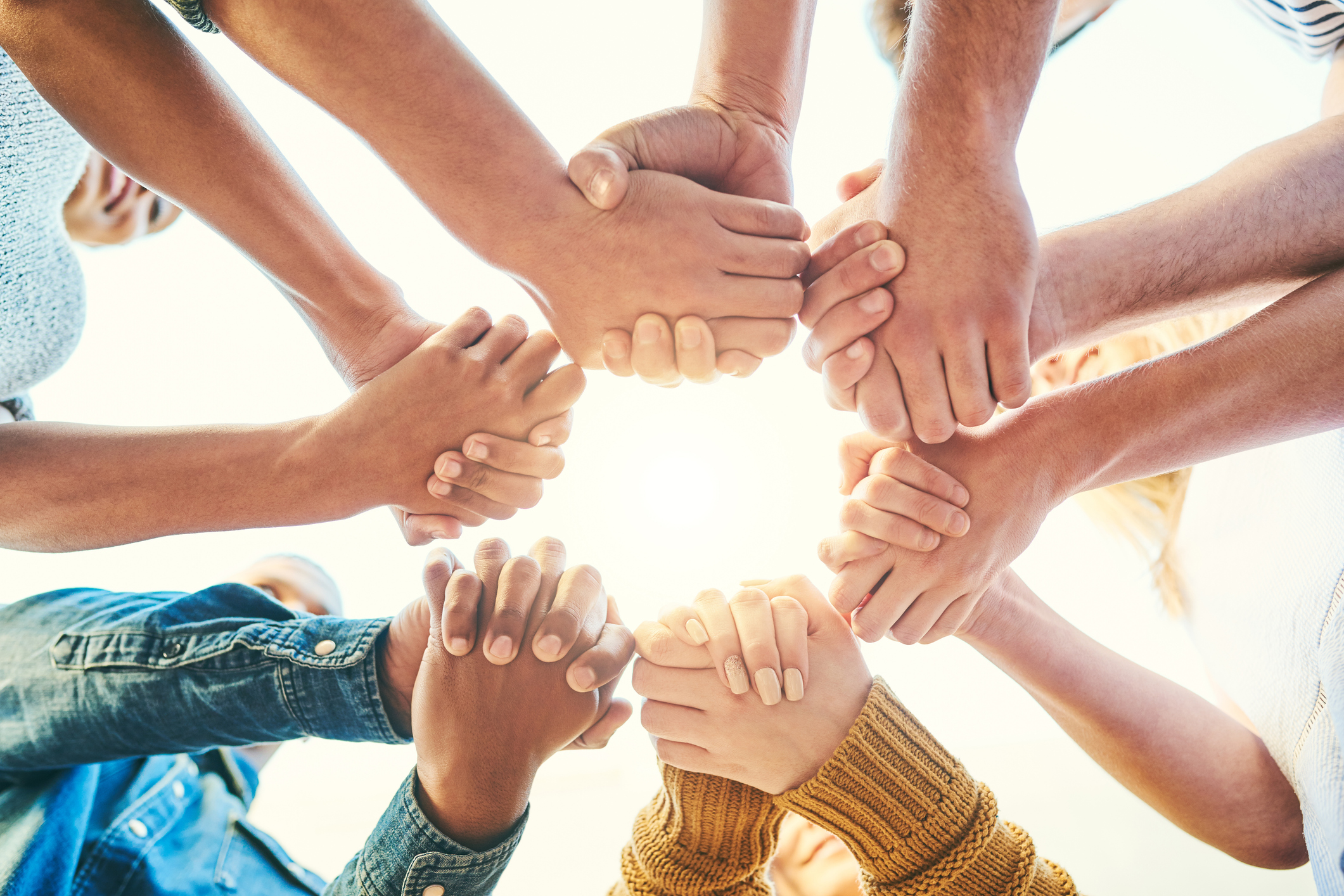Learning objective
- To recognise when an email is not genuine.
Success criteria
- I can recognise
This content is for subscribers only. Join for access today.
National curriculum
Computing
Pupils should be
This content is for subscribers only. Join for access today.
Cross-curricular links
Before the lesson
This content is for subscribers only. Join for access today.
Lesson plan
Recap and recall
Ensure the children can recall: Why can emails be misinterpreted? (You can’t see someone’s body language or hear their tone in an email.) How can you be kind online and offline? (By showing respect to others, listening and being honest.) What should you do if someone is being unkind online? (Report them to a trusted…
This content is for subscribers only. Join for access today.
Extended-mode explainer videos
How to extend your display to view the lesson page and preseantion mode simultaneously. Choose your operating system below to watch the video
If you need further support with extending your display,
please contact [email protected].
Extended-mode explainer video: For Mac
Extended-mode explainer video: For Windows
Adaptive teaching
Pupils needing extra support
Can use the Activity: Fake email examples and the Resource: Email example (support).
Pupils working at greater depth
Should think carefully about different ways that fake emails can be introduced and include this information in their email to their teacher. For example, not addressing the recipient by their name or starting the email with ‘You have won!’.
This content is for subscribers only. Join for access today.
Assessing progress and understanding
Pupils with secure understanding indicated by: sending an email describing
This content is for subscribers only. Join for access today.
Vocabulary definitions
-
download
A file that can be sent from one computer to another via an email or a website and be saved locally by the user.
-
hacker
A person who tries to gain access to information on a computer without permission.
This content is for subscribers only. Join for access today.

